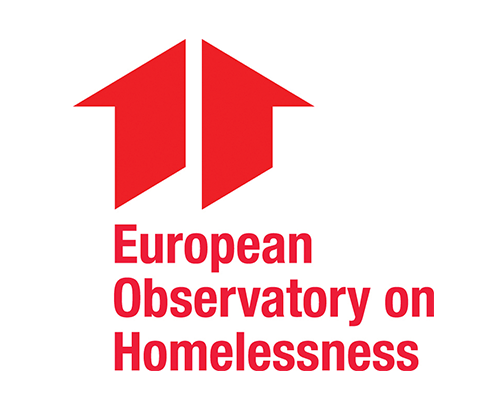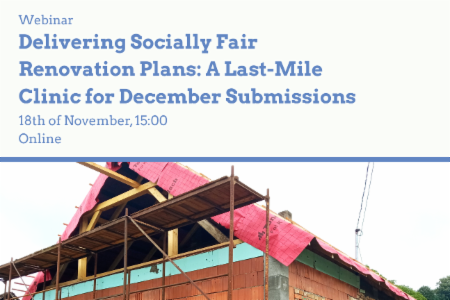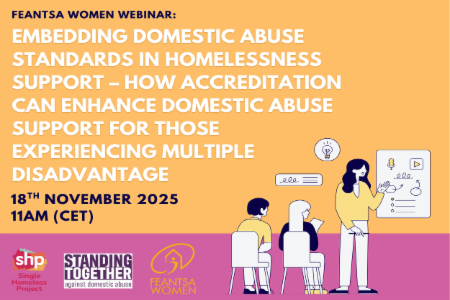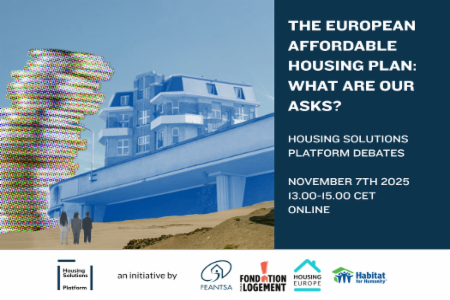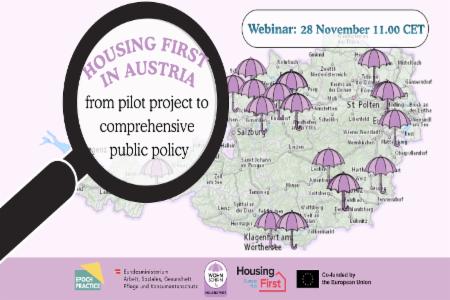Fit for 55 package: a unique opportunity to achieve climate goals while tackling energy poverty and unfit housing
Read & download the Press Release PDF here
This week the European Commission has presented its long-awaited Fit for 55 package. The package includes 13 legislative proposals, most are revisions of existing legislation, some are proposals for new laws. The Commission has underlined its objective to provide “a socially fair transition” by “tackling inequality and energy poverty through climate action”.
ETS extension to buildings
The transition does not seem particularly fair, because as FEANTSA has feared, the Commission proposes to extend the EU emission trading scheme (ETS) to the transport and building sector. This proves that the Commission fails to recognise the already existing struggle of many low-income households in the EU to afford decent housing, heating and cooling.
If this extension is really to be adopted, the consequences on Europe’s poorest households will be devastating and energy prices will spike all over the EU which will impact especially those living in energy inefficient and worst-housing. Already in 2019, before the outbreak of the pandemic, more than 1 out of 10 European households were overburdened by housing costs. 50 million European households are living in energy poverty, many of them in “cold homes” as they cannot afford to heat and cool their houses at all.
According to the European Climate Foundation, the extension of ETS to the building sector is unlikely to contribute significantly to CO2 reductions.
The ETS for buildings will not affect households equally but will have a regressive impact on disposable income, as low-income households tend to spend a greater proportion of their income on heating.
Adding increasing energy bills in this context will have dire consequences on low-income households all over Europe. It will take a decent home further out of reach for many Europeans. Energy bills are expected to go up by an average of €429 per year per European household as a result of including buildings in the ETS, according to a recent report from ERCST.
Social Climate Fund
The Commission proposes a new Social Climate Fund to provide dedicated funding to Member States “to support European citizens most affected or at risk of energy or mobility poverty”. The fund is supposed to mitigate the costs for those who are most exposed to the rising costs of fossil fuel prices. To help Member States address energy poverty, the fund will provide €72,2 billion for the period 2025-2032 in the EU budget. 25% of the revenues will come from the new ETS buildings and transport system and start one year before carbon pricing comes into effect. 50% of the money for the fund will come from the Member States.
President Von der Leyen presented the ETS extension to buildings and transport about a “market-based instrument with social compensation”, the Social Climate Fund being the compensation for the ETS.
The Social Climate Fund, however, is unlikely to be able to compensate the side-effects of the ETS extension. It is designed in a way to counter negative distributional effects of the ETS extensions to buildings ex-post. The European Commission should rather adopt ex-ante a design of policies that prioritise the energy poor and finance the renovation of their homes.
Furthermore, the amount of funding on the table will be insufficient to deliver widespread renovations and renewables for energy-poor households. The Social Climate Fund will not deliver enough revenues to make an impact on the structural injustices for those living in energy poverty and worst-housing. If the entire budget foreseen for the Social Climate Fund will be used to support the part of the EU population that is currently unable to keep their house adequately warm (7% of total) after the extension of ETS to buildings, there would be 4.500€ available per household over 7 years. This could be a suitable amount of money to help lowest income and energy poor households pay their energy bills. Nevertheless, with the current framework, the fund will not be sufficient as it will not only supports vulnerable households but also micro-enterprises and transport users. On top of that, vulnerable households include also lower-middle classes and not only those in energy poverty. 13% of Europeans live in housing with a leaking roof, damp walls, floors or foundation or rot in window frames or floor. This number is a better measure of how many people are likely to be severely impacted by the ETS extension.
The Social Climate Fund is a good start but not nearly enough to compensate for energy-renovation costs for all vulnerable households and recurrent higher energy bills of those unable to afford the renovation of their homes. If the ETS is really to be extended to the building sector, all of its revenue must be earmarked for social purposes. Even better would be to not extend ETS to the building sector and to use the money coming from the existing ETS for tackling energy poverty by targeted renovation programs for low-income households and worst-housed groups.
Energy Efficiency Directive
The Energy Efficiency Directive includes for the first time an EU definition of energy poverty. FEANTSA recognises the steps taken in the Energy Efficiency Directive to address energy poverty. The new Article 8, requiring Member States to ringfence energy savings for vulnerable customers and final users, people affected by energy poverty and people living in social housing, is an important step. Notable is also Article 22, aiming to empower and protect vulnerable customers and alleviate energy poverty by asking Member States to make best use of public funding and revenues coming from the ETS and the Social Climate Fund to this goal.
Conclusion
The EU might miss a huge opportunity for a win-win on improving housing conditions of poor people living in unfit housing and tackling climate change. If the Commission wants to be taken seriously on its goal to guarantee a fair energy transition “leaving no one behind”, it needs to secure sufficient targeted financing for hard-to-reach and at-risk households. Indeed, it needs to make the right to decent housing for all an explicit goal of its plans for a Renovation Wave and start with improving the living conditions of those in the most need. Financial support for the most excluded should go through zero-interest loans and grants for renovating.
It is up to the co-legislators now to find adequate measures to make sure that the EU is delivering on its climate and carbon reduction goals while ensuring that the most vulnerable households are not further marginalised. The Green Deal legislation can be a unique opportunity to tackle systemic inequalities and invest in affordable and decent housing, renovate worst housing and lift millions of Europeans out of energy poverty. Nevertheless, burdening those who already struggle to access clean and affordable energy and live in worst-housing is not adequate to guarantee a fair transition.
About FEANTSA
FEANTSA is the European Federation of National Organisations Working with the Homeless. We are the only European NGO focusing exclusively on the fight against homelessness. Our goal is an end to homelessness in Europe. We have over 130 member organisations from 28 countries. Our members are predominantly NGOs working with homeless people, but also include other stakeholders involved in the fight against homelessness such as public authorities, social housing providers, foundations, and research entities.
FEANTSA is also Member of the Right2Energy Coalition. Here you can access the Coalition’s press release ‘Fit for 55, not fit for Europe’s energy poor’.
